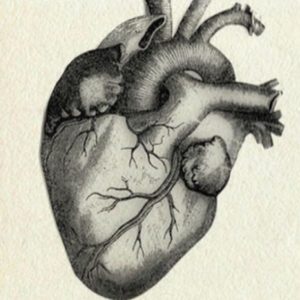According to United Network for Organ Sharing, or UNOS, the numbers are grim. Four thousand people are waiting for a heart transplant in the United States. Every 10 minutes, another person is added to the transplant list. Most of these critically ill people wait an average of four months before a heart becomes available. Meanwhile, 22 people die each day while waiting for a new heart.

Credit: doctorsbeyondborders.com
Part of the problem, of course, is not having enough donors for heart transplants. But another issue is preserving a donated organ long enough to transplant it. According to The Guardian, doctors currently can preserve a heart and lungs for only about four hours. After that, the cells begin to die due to a lack of oxygen. In fact, between 50 and 60 percent of donated hearts and lungs are discarded because they cannot reach the recipient in time.
However, there is a ray of hope on the horizon. According to Cardiomyopathy UK, a group of scientists in the United States was able to freeze and then rewarm a large section of a pig’s heart without causing any damage to the tissue. (Freezing normally causes the formation of ice crystals, which damage the cells.) This opens the door to the possibility of freezing and storing human organs for months or even years.
Nanoparticles Protect the Heart
 The scientists achieved this by infusing the heart with magnetic nanoparticles, which measure between one and 100 nanometers in size. When they infuse these particles into tissue prior to freezing it, they protect against the formation of ice. Later, when the organ is ready for transplant, technicians stimulate the particles with a magnetic field, generating a fast, uniform burst of heat. This warms the tissue quickly without causing damage that could render the heart useless.
The scientists achieved this by infusing the heart with magnetic nanoparticles, which measure between one and 100 nanometers in size. When they infuse these particles into tissue prior to freezing it, they protect against the formation of ice. Later, when the organ is ready for transplant, technicians stimulate the particles with a magnetic field, generating a fast, uniform burst of heat. This warms the tissue quickly without causing damage that could render the heart useless.
Futurism quotes John Bischof, the senior writer of the study, as saying, “If only half of these discarded organs are transplanted, then it has been estimated that wait lists for these organs could be extinguished within the next two to three years.”
For years, more than half of donated hearts have gone unused because the technology to preserve them for longer than a few hours did not exist. If further studies support the use of nanoparticles, we may well see a revolution of heart transplant programs soon.

 Heart Transplant: Better Organ Preservation Leads to Higher Success Rate
Heart Transplant: Better Organ Preservation Leads to Higher Success Rate


 “Songbird” by Fleetwood Mac
“Songbird” by Fleetwood Mac
 First the Wealth Gap, Now the U.S. Has a Growing Health Gap
First the Wealth Gap, Now the U.S. Has a Growing Health Gap
 How to Comfort A Dying Loved One
How to Comfort A Dying Loved One














